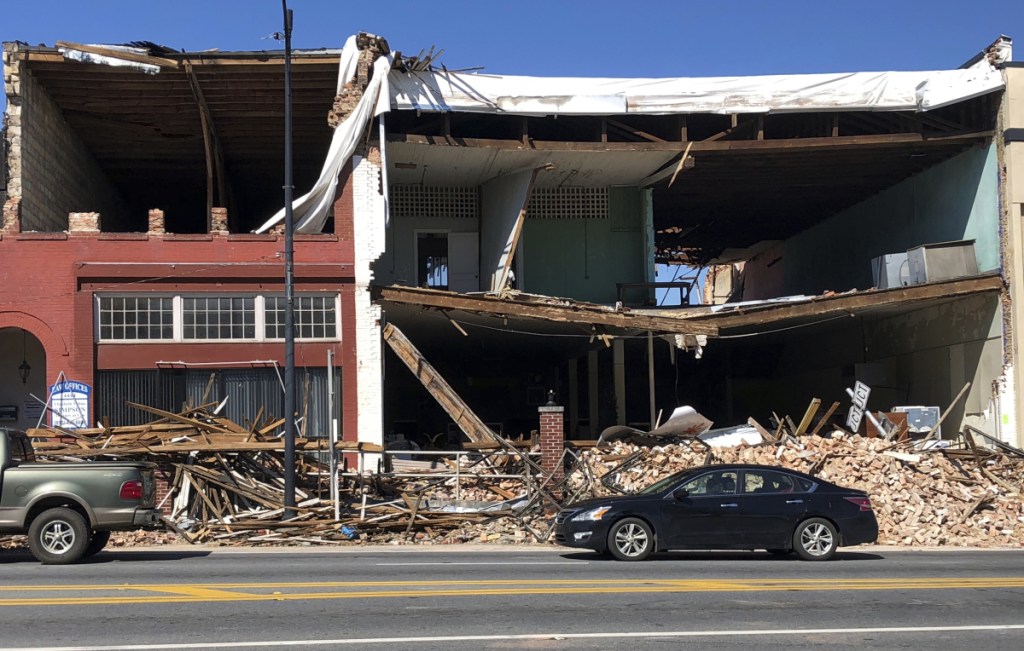TALLAHASSEE, Fla. — It was once argued that the trees would help save Florida’s Panhandle from the fury of a hurricane, as the acres of forests in the region would provide a natural barrier to savage winds that accompany the deadly storms.
It’s part of the reason that tighter building codes – mandatory in places such as South Florida – were not put in place for most of this region until just 11 years ago.
And it may be a painful lesson for local residents now that Hurricane Michael has ravaged the region, leaving sustained damage from the coast inland all the way to the Georgia border.
“We’re learning painfully that we shouldn’t be doing those kinds of exemptions,” said Don Brown, a former legislator from the Panhandle who now sits on the Florida Building Commission.
“We are vulnerable as any other part of the state. There was this whole notion that the trees were going to help us, take the wind out of the storm. Those trees become projectiles and flying objects,” Brown said.
Hurricane Andrew a generation ago razed Florida’s most-populated areas with winds up to 165 mph, damaging or blowing apart over 125,000 homes and obliterating almost all mobile homes in its path.
The acres of flattened homes showed how contractors cut corners amid the patchwork of codes Florida had at the time. For example, flimsy particle board was used under roofs instead of sturdier plywood, and staples were used instead of roofing nails.
Since 2001, structures statewide must be built to withstand winds of 111 mph and up; the Miami area is considered a “high velocity hurricane zone” with much higher standards, requiring many structures to withstand hurricane winds in excess of 170 mph.
Though Michael was packing winds as high as 155 mph, any boost in the level of safety requirements for builders helps a home avoid disintegrating in a hurricane.
Tom Lee, a homebuilder and legislator, says past hurricanes have shown time and time again that the stricter codes help. He said during past hurricanes he looked at the damage by plane and could tell if a home was built before the new code.
“The structural integrity of our housing stock is leaps and bounds beyond what it was,” Lee said.
Copy the Story LinkSend questions/comments to the editors.



Success. Please wait for the page to reload. If the page does not reload within 5 seconds, please refresh the page.
Enter your email and password to access comments.
Hi, to comment on stories you must . This profile is in addition to your subscription and website login.
Already have a commenting profile? .
Invalid username/password.
Please check your email to confirm and complete your registration.
Only subscribers are eligible to post comments. Please subscribe or login first for digital access. Here’s why.
Use the form below to reset your password. When you've submitted your account email, we will send an email with a reset code.